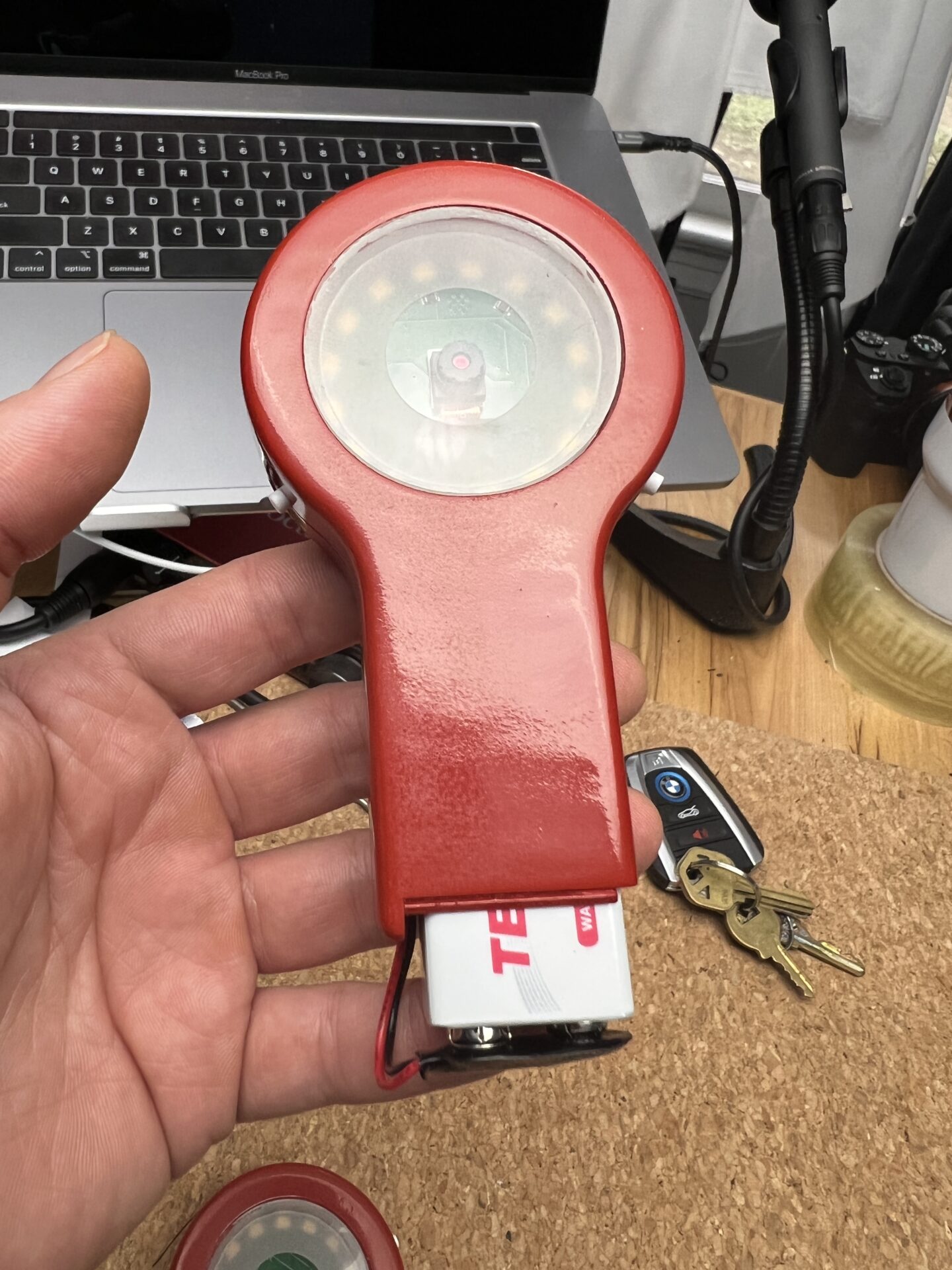Mastering IoT Remote Connection: A Comprehensive Guide
Imagine a world where you can control your home appliances, monitor your business operations, or even manage critical infrastructure from anywhere in the world using just your smartphone or laptop. That's the magic of IoT remote connection. Whether you're a tech enthusiast, a small business owner, or a curious individual, this guide will walk you through everything you need to know about IoT remote connection. From setting it up to securing your devices, we've got you covered.
IoT remote connection has become an essential part of modern technology. It allows users to interact with devices and systems remotely, providing convenience, flexibility, and efficiency. But with great power comes great responsibility. Understanding how IoT remote connection works and how to implement it securely is crucial to maximizing its benefits.
In this article, we'll dive deep into the world of IoT remote connection. We'll cover everything from its basics to advanced implementation strategies. By the end of this guide, you'll have a solid understanding of how to leverage IoT remote connection for your personal or professional needs. So, buckle up and let's get started!
- Lana Rhoades A Journey Through Stardom And Personal Growth
- Ellen Degeneres The Journey Through Divorce
What is IoT Remote Connection?
IoT remote connection refers to the ability to access, control, and manage Internet of Things (IoT) devices from a remote location. It enables users to interact with smart devices, systems, and networks without being physically present. Think of it as having a virtual hand that can reach out and control your devices from anywhere in the world.
This technology has revolutionized the way we interact with our surroundings. From smart homes to industrial automation, IoT remote connection has opened up endless possibilities. However, it's important to understand how it works and the potential challenges it brings. Let's break it down further.
How Does IoT Remote Connection Work?
At its core, IoT remote connection relies on a combination of hardware, software, and network protocols. Devices are equipped with sensors and communication modules that allow them to connect to the internet. These devices communicate with a central server or cloud platform, which acts as a bridge between the device and the user.
Here's a simplified breakdown of the process:
- Devices collect data using sensors and send it to the cloud.
- The cloud processes the data and makes it accessible to authorized users.
- Users can access the data and control the devices through a mobile app or web interface.
- Commands sent by users are relayed back to the devices for execution.
This seamless communication is what makes IoT remote connection so powerful. But it's not without its challenges, which we'll explore in the next section.
Benefits of IoT Remote Connection
IoT remote connection offers numerous benefits that make it an attractive solution for both individuals and businesses. Here are some of the key advantages:
- Convenience: Access and control your devices from anywhere, anytime.
- Efficiency: Automate tasks and streamline operations, saving time and resources.
- Cost Savings: Reduce maintenance costs by monitoring and addressing issues remotely.
- Scalability: Easily add or remove devices as your needs evolve.
- Real-Time Monitoring: Stay informed about the status of your devices and systems in real-time.
These benefits make IoT remote connection a game-changer in various industries, from healthcare to manufacturing. But with great power comes great responsibility, and that brings us to the next important topic.
Challenges and Security Concerns
While IoT remote connection offers immense potential, it also comes with its fair share of challenges. One of the biggest concerns is security. With devices being accessible over the internet, they become vulnerable to cyberattacks. Hackers can exploit weaknesses in the system to gain unauthorized access, leading to data breaches or device malfunctions.
Other challenges include:
- Compatibility Issues: Not all devices and systems are compatible with each other, making integration difficult.
- Network Reliability: Poor internet connectivity can disrupt communication between devices and users.
- Data Privacy: Sensitive information transmitted over the network must be protected to prevent unauthorized access.
Addressing these challenges requires a combination of robust security measures and best practices, which we'll discuss in the following sections.
Securing Your IoT Remote Connection
Securing your IoT remote connection is critical to protecting your devices and data. Here are some best practices to follow:
- Use Strong Authentication: Implement multi-factor authentication (MFA) to ensure only authorized users can access your devices.
- Encrypt Data: Use encryption protocols to protect data transmitted between devices and users.
- Regular Updates: Keep your devices and software up to date with the latest security patches.
- Network Segmentation: Isolate IoT devices on a separate network to minimize the risk of attacks.
- Monitor Activity: Keep an eye on device activity to detect and respond to suspicious behavior quickly.
By implementing these measures, you can significantly reduce the risk of security breaches and ensure the safe operation of your IoT remote connection.
Setting Up IoT Remote Connection
Setting up IoT remote connection may seem daunting, but with the right tools and guidance, it can be a straightforward process. Here's a step-by-step guide to help you get started:
Step 1: Choose the Right Devices
Start by selecting IoT devices that support remote connection. Look for devices with built-in Wi-Fi or cellular connectivity and compatibility with popular platforms like AWS IoT, Google Cloud IoT, or Microsoft Azure IoT.
Step 2: Set Up a Central Hub
A central hub acts as the brain of your IoT system. It manages communication between devices and users. Options include dedicated IoT gateways, cloud platforms, or even a Raspberry Pi for DIY enthusiasts.
Step 3: Configure Network Settings
Ensure your devices are connected to a stable and secure network. Use strong passwords and enable encryption to protect your data.
Step 4: Install and Configure Software
Download and install the necessary software on your devices and user interface. Configure settings to match your specific requirements.
Step 5: Test and Optimize
Once everything is set up, test your system to ensure it's working as expected. Make adjustments as needed to optimize performance and security.
By following these steps, you can set up a reliable and secure IoT remote connection system.
Applications of IoT Remote Connection
IoT remote connection has a wide range of applications across various industries. Here are some examples:
Smart Homes
Control lighting, thermostats, security systems, and appliances from anywhere. Monitor energy usage and optimize consumption for cost savings.
Healthcare
Remote patient monitoring allows healthcare providers to track vital signs and adjust treatment plans without the need for in-person visits.
Industrial Automation
Monitor and control manufacturing processes in real-time, improving efficiency and reducing downtime.
Transportation
Track vehicle location and performance, optimize routes, and enhance safety through real-time data analysis.
These applications highlight the versatility and potential of IoT remote connection in transforming various sectors.
Best Practices for IoT Remote Connection
To get the most out of your IoT remote connection, it's important to follow best practices. Here are some tips to help you succeed:
- Plan Ahead: Clearly define your goals and requirements before setting up your system.
- Choose Reliable Providers: Work with reputable manufacturers and platforms to ensure quality and support.
- Document Everything: Keep detailed records of your setup and configuration for future reference.
- Train Users: Educate users on how to use the system effectively and securely.
- Stay Updated: Keep up with the latest trends and technologies to continuously improve your system.
By following these best practices, you can maximize the benefits of IoT remote connection and avoid common pitfalls.
Future Trends in IoT Remote Connection
The world of IoT remote connection is constantly evolving. Here are some future trends to watch out for:
- 5G Connectivity: The rollout of 5G networks will significantly enhance the speed and reliability of IoT remote connections.
- AI Integration: Artificial intelligence will play a bigger role in automating and optimizing IoT systems.
- Edge Computing: Processing data closer to the source will reduce latency and improve performance.
- Blockchain Security: Blockchain technology will enhance the security and transparency of IoT transactions.
These trends will shape the future of IoT remote connection, offering even more possibilities and capabilities.
Conclusion
In conclusion, IoT remote connection is a powerful tool that offers convenience, efficiency, and flexibility. By understanding how it works, addressing security concerns, and following best practices, you can harness its full potential for your personal or professional needs.
We encourage you to explore the possibilities of IoT remote connection and share your experiences with us. Leave a comment below or share this article with your friends and colleagues. Together, let's embrace the future of connected technology!
Table of Contents
- What is IoT Remote Connection?
- How Does IoT Remote Connection Work?
- Benefits of IoT Remote Connection
- Challenges and Security Concerns
- Securing Your IoT Remote Connection
- Setting Up IoT Remote Connection
- Applications of IoT Remote Connection
- Best Practices for IoT Remote Connection
- Future Trends in IoT Remote Connection
- Conclusion
- Noah Galvin The Rising Star Of Broadway And Television
- Understanding Trump Police Immunity A Deep Dive Into Legal Protections

Cloud Gauge Remote Monitoring IOT Device LAVA LABS

IoT Connection Efficiency Guidelines of Things

REMOTE CONTROL IOT Behance Behance